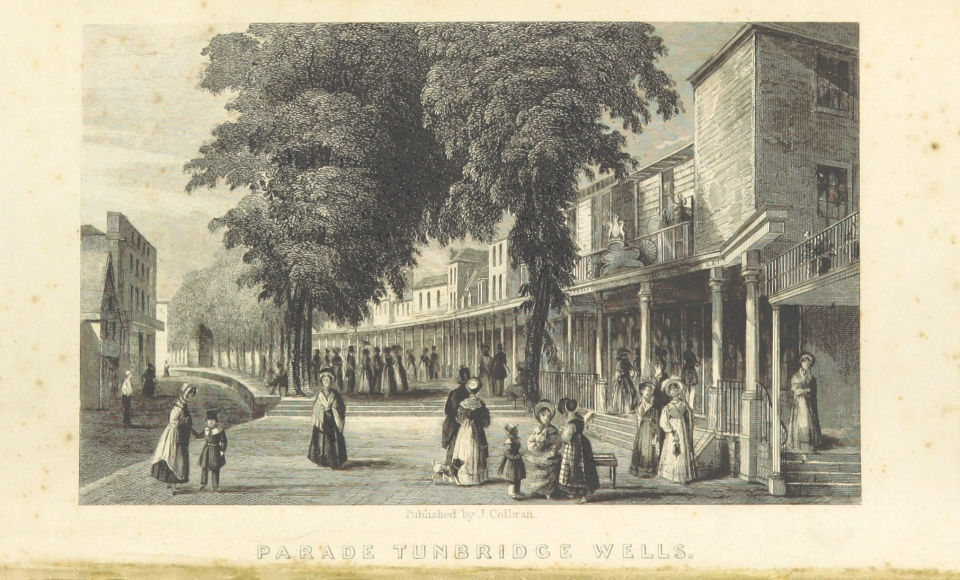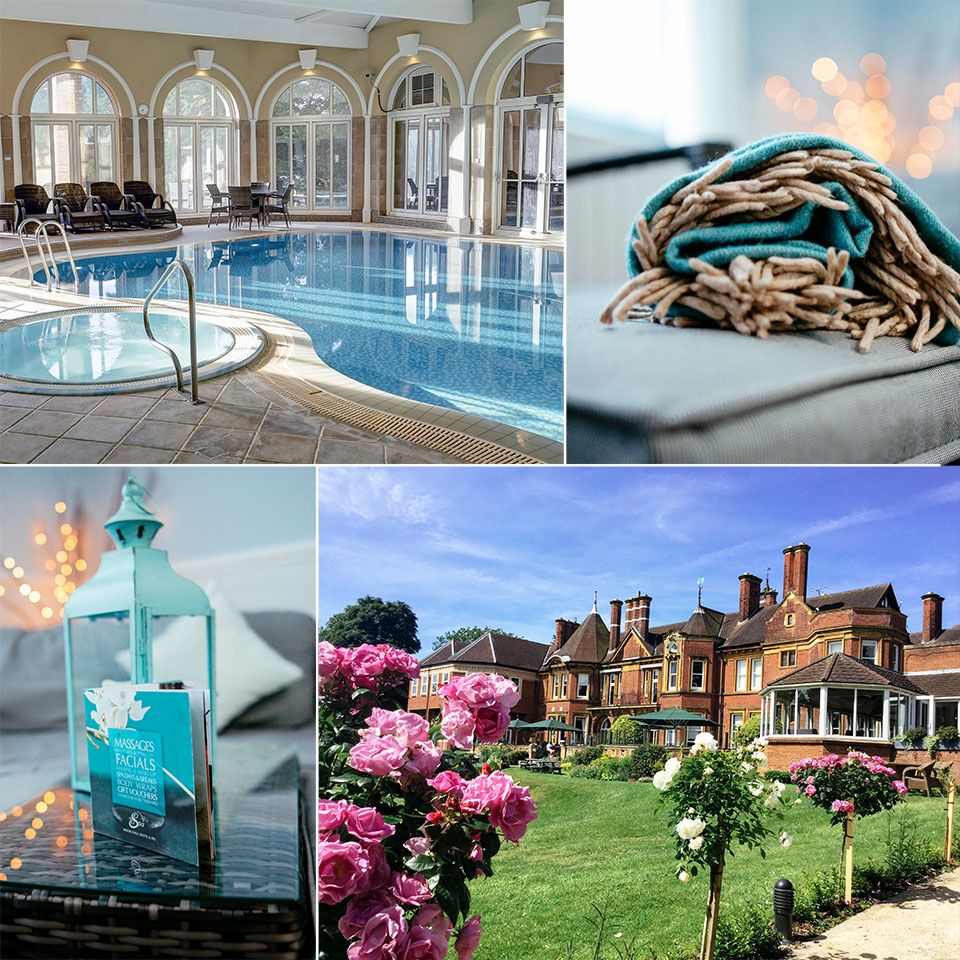It was actually the notoriously stiff-upper-lipped Victorians who’d popularised many of our classic seaside staples today, including the six week summer holiday from school. This derives from when children were employed from June to August as extra hands for fruit picking and farm labour. But whether donkey rides, candyfloss, Punch and Judy, buckets, spades, sandcastles or knobbly knee competitions – the question of what the Victorians did for us is easy to answer. They gave us our seaside pleasure palaces, music hall culture, gardens and gondolas, exhibitions, fish and chips, cockles and whelks in a cone. Bathe with your ankles on display? Not likely. But eat your fish and chips and ice cream in messy defiance of everything the era stood for? Absolutely.
Despite there being no one clear reason why the seaside so powerfully overtook the spa town in the nineteenth and twentieth centuries, there is a very stark singular moment that marked the rapid decline of this sandy usurper. The first UK package holiday dates back to Thomas Cook’s 1841 organising of a trip from Leicester to Loughborough for 540 temperance campaigners, but it wasn’t until the 1960s that the British holiday market really embraced it. Then, on the 5th of May 1962, the first fare-paying flight of new British airline Euravia took off filled with families not just going abroad but trying something new: the all-inclusive tour. Their destination? Palma de Mallorca. The die was cast for decades.

Back to Basics
Things have come full circle. Today, spa weekends are as much a part of leisure culture as they were in Roman Britain and no top of the range destination hotel worth its salt (or if they’re lucky, sulphur) lacks one. Of course, not all hotels are able to procure naturally mineral-rich water for their guests and many new or revived spas embrace science instead, using bespoke products made with sea-based minerals to recreate the waters of the ancient spas in newer surroundings. Places like the final stop on my grand tour, Moor Hall Hotel & Spa, BW Premier Collection, in Sutton Coldfield.
This converted sixteenth-century stately home – once regularly visited by Henry VIII – is a beautiful family run hotel in a stunning setting with a core ethos that is as simple as it is welcoming: make people happy. OK, it’s not a verbatim Roman motto, but it’s close to the original idea of why a person might seek some time out in a bathhouse or spa in the first place. And it’s also the dictum of the adjoining spa here, as Mary Eames, manager for 14 years, explains.

“We actually think and talk about how we can make our guests happy every day,” she tells me. “It’s why we use Thalgo products. They’re rich in sea-based minerals that make you feel better from the inside out. Not just the surface.
It’s this kind of holistic approach that makes my Swedish massage so incredibly effective. Not only is the actual massage one of the best I’ve had (and massage-wise, I’ve been around), but my therapist’s in-depth understanding of the healing properties of the seaweed and sea minerals made me feel, no pun intended, in exceptionally safe hands. Followed up with a quick trip to the steam room to double down on the muscular bliss, and my insides are tingling with energy. “We try and match therapists to clients based on what they say they need and how they’re feeling.” Mary tells says afterwards. “We want you to genuinely feel better after you leave.”
With an approach like this it’s not hard to see why they won Thalgo Spa of the Year 2017. So while I may not have “taken the waters” in the full Victorian sense - choosing instead a post-spa wine - as far as being relaxed and revitalised go, I feel amazing from head to toe. I think the Romans would definitely approve.
More Things To Do In Bath
If you're looking for more inspiration for a short city break, take a look at our guide of what to do in Bath where you'll find details of more things to do, great shopping, eating and drinking, culture and nightlife, plus details of all Best Western Bath hotels.
Create your own story:
- Best Western Plus Centurion Hotel – a smart hotel with suite and deluxe rooms in village setting nine miles from Bath with gym, sauna, steam room, pool, golf course and restaurant.
- Moor Hall Hotel & Spa, BW Premier Collection - an historic country house hotel and award-winning spa set in parkland within easy reach of Birmingham with double AA-rosette restaurant, gym, sauna, steam room, pool and bar.